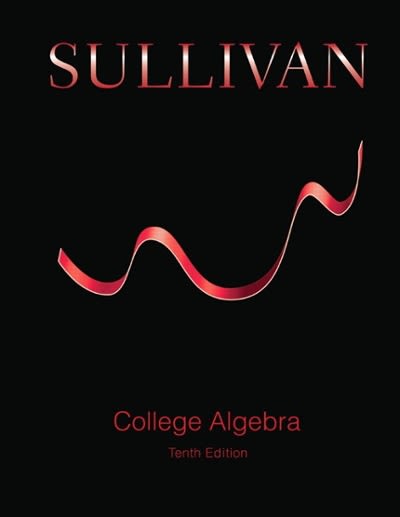Question
Researchers performed a retrospective study of 68 knees scanned by MRI. One of the indicators they examined was the absence of the bow-tie sign in
Researchers performed a retrospective study of 68 knees scanned by MRI. One of the indicators they examined was the absence of the "bow-tie sign" in the MRI as evidence of a bucket-handle or "bucket-handle type" tear of the meniscus. In the study, surgery confirmed that 43 of the 68 cases were bucket-handle tears. Of the 43 individuals with confirmed having tear of the meniscus via surgery, only 5 tested positive (meaning, 5 with absence of bow-tie sign). On the other hand, there were 23 individuals who were surgically confirmed not having tears turned out to have a negative test. Which of the following statements is true?
| When the test is positive (bow-tie sign absent), it is helpful in determining those likely to have a tear confirmed surgically. | ||
| The sensitivity is significantly higher than the specificity. | ||
| False positives are more likely than false negatives in this situation. | ||
| More than 50% of people who tested negative (bow-tie sign present) would not have a tear surgically confirmed. |
Step by Step Solution
There are 3 Steps involved in it
Step: 1

Get Instant Access to Expert-Tailored Solutions
See step-by-step solutions with expert insights and AI powered tools for academic success
Step: 2

Step: 3

Ace Your Homework with AI
Get the answers you need in no time with our AI-driven, step-by-step assistance
Get Started


